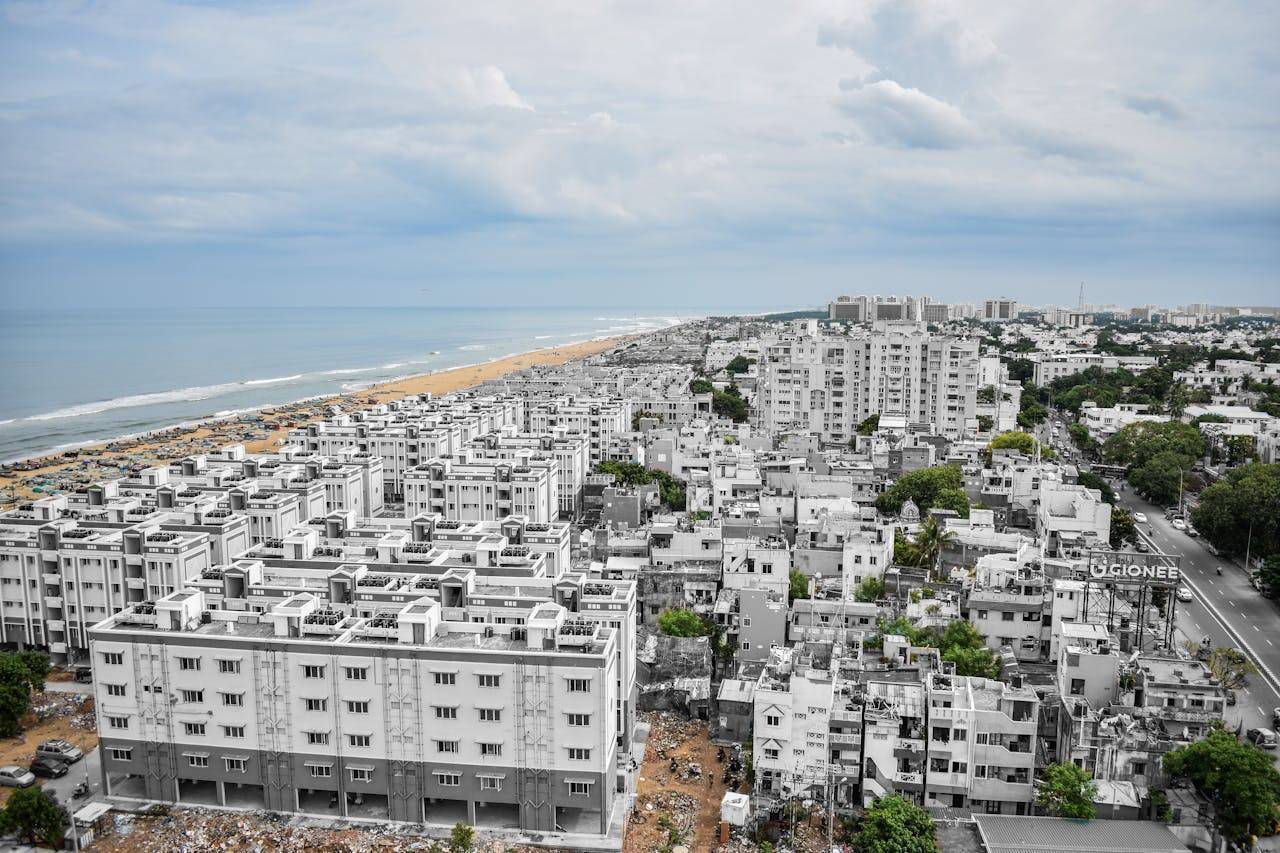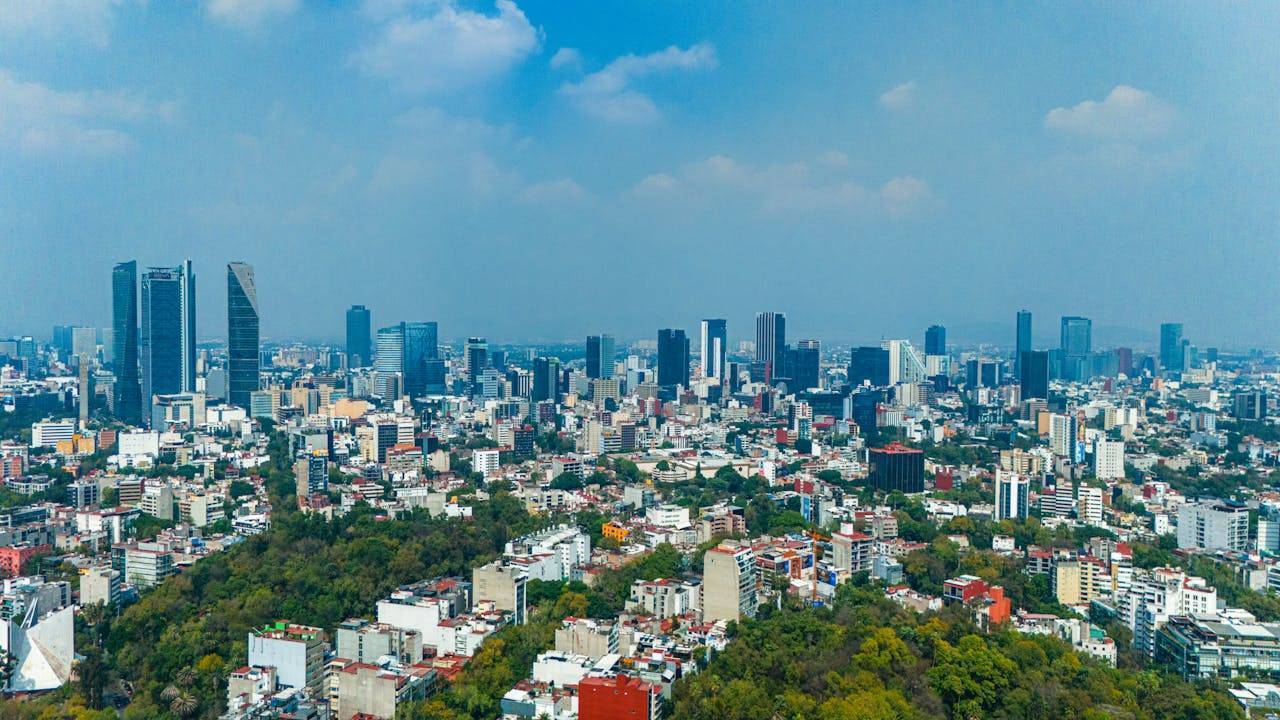Navi Mumbai is increasingly establishing itself as a major commercial hub within the Mumbai Metropolitan Region (MMR), with 23.8 million sq ft of Grade A office stock, accounting for approximately 20% of MMR’s total office supply of 120 million sq ft. According to a recent report by Cushman & Wakefield, the city’s strategic location, cost advantages, infrastructure development, and talent availability are driving occupier demand, positioning Navi Mumbai as a compelling alternative to traditional office corridors in Mumbai.
Currently, Navi Mumbai boasts an occupancy rate of 87% in its Grade A office segment, reflecting strong market acceptance. The report projects an additional 4 million sq ft of new office space by FY2028, indicating sustained interest from developers and occupiers alike. The city’s growth is supported by its connectivity, modern infrastructure, and diverse residential options that cater to different income segments, enhancing its attractiveness for companies planning new office setups.
A significant factor contributing to Navi Mumbai’s rise is its access to talent. The city is located near multiple educational institutions, providing a steady talent pool of nearly 150,000 graduates annually. Survey findings of over 30 Global Capability Centers (GCCs) highlighted talent availability (91%), cost-effective Grade A space (77%), and infrastructure (73%) as the primary factors influencing location strategy. Navi Mumbai aligns closely with these requirements, offering a combination of skilled manpower, modern infrastructure, and a supportive urban framework.
Cost competitiveness is another key driver. Average quoted rents in Navi Mumbai stand at ₹70 per sq ft per month, approximately 57% lower than prime MMR sub-markets. This price advantage allows companies to operate in a cost-efficient manner without compromising on quality. With the upcoming Navi Mumbai International Airport expected to commence operations by late 2025 with an initial 20 million passenger capacity, connectivity is set to further improve, supporting business expansion in the region. Additional infrastructure projects, such as the Kharghar-Turbhe Tunnel and the Palm Beach Road extension, are also expected to strengthen accessibility and logistics.
Cushman & Wakefield notes that India’s GCC sector is expanding rapidly, with its share of leasing projected to rise from 23% in 2023 to 29% by 2025. Navi Mumbai’s integrated urban framework, scalable infrastructure, and availability of high-quality, cost-effective office space make it a strategic choice for companies looking to expand or relocate their operations. The city’s position as an emerging office hub is reinforced by its ability to absorb new demand efficiently while providing a quality environment for employees.
According to Gautam Saraf, Executive Managing Director of Mumbai and New Business at Cushman & Wakefield, Mumbai’s ongoing infrastructure expansion is opening new corridors, and Navi Mumbai’s integrated and scalable urban framework is well-positioned to accommodate the next phase of real estate growth. He noted that the city’s combination of affordability, connectivity, and access to talent is making it an increasingly attractive destination for office development within the MMR.
As the commercial real estate landscape evolves, Navi Mumbai’s emergence as a Grade A office hub signals a broader decentralization trend within MMR. Companies seeking cost efficiency, modern infrastructure, and access to talent are increasingly considering Navi Mumbai, indicating that the city will play a central role in shaping the region’s office ecosystem over the next decade.









.png)